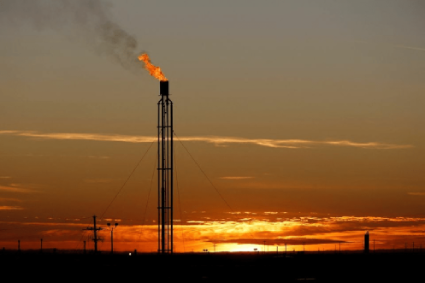ISLAMABAD: Global agriculture has suffered an enormous $3.26 trillion in losses from disasters over the past 33 years — averaging *$99 billion annually, or nearly *4% of global agricultural GDP — according to the Food and Agriculture Organisation’s (FAO) latest report, Impact of Disasters on Agriculture and Food Security 2025, released on Friday.
The report reveals that from *1991 to 2023, disasters destroyed **4.6 billion tonnes of cereals, **2.8 billion tonnes of fruits and vegetables, and **900 million tonnes of meat and dairy, reducing global food availability by *320 kilocalories per person per day — nearly 16% of daily energy needs.
Asia accounts for 47% of global agricultural losses — about $1.53 trillion — due to its vast production base and high exposure to floods, storms and droughts. Pakistan remains among the most affected countries, with recent monsoon floods impacting over 9 million people and damaging 849,000 hectares of crops, compounding the devastation from the catastrophic 2022 floods. These consecutive events have reshaped Pakistan’s agricultural landscape through soil degradation, salinisation and long-lasting infrastructure damage.
FAO emphasized that digital transformation is emerging as a game-changer for disaster risk reduction. Technologies such as AI, remote sensing, drones, sensors and mobile platforms now offer real-time insights that strengthen early warnings, improve advisory services, support parametric insurance and enable anticipatory action.
“Digital technologies are revolutionising how we monitor risks, deliver early warnings and support farmers’ decision-making,” said FAO Director General *QU Dongyu. He noted that *9.1 million farmers now access parametric insurance digitally, while advanced warning systems have helped evacuate 90% of at-risk populations before disasters strike.
The report warns that agricultural losses extend well beyond crops and livestock, affecting markets, financial systems, infrastructure and ecosystems — with impacts that may linger for years. Marine heatwaves alone caused an estimated $6.6bn in fisheries losses between 1985 and 2022, affecting 15% of global fisheries and wiping out more than 5.6 million tonnes of production.
FAO calls for more comprehensive assessment tools to capture both direct and indirect impacts, including effects on biodiversity, vulnerable communities and long-term ecosystem stability.
Story by Amin Ahmed







